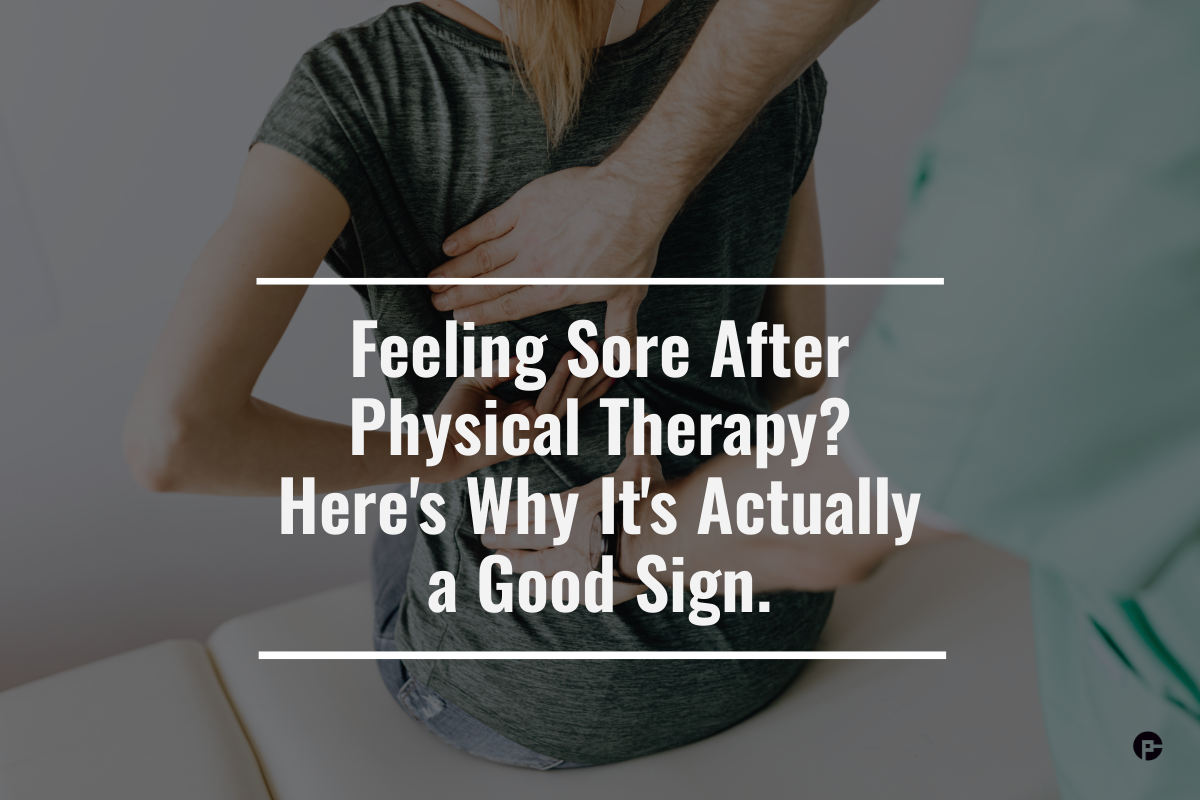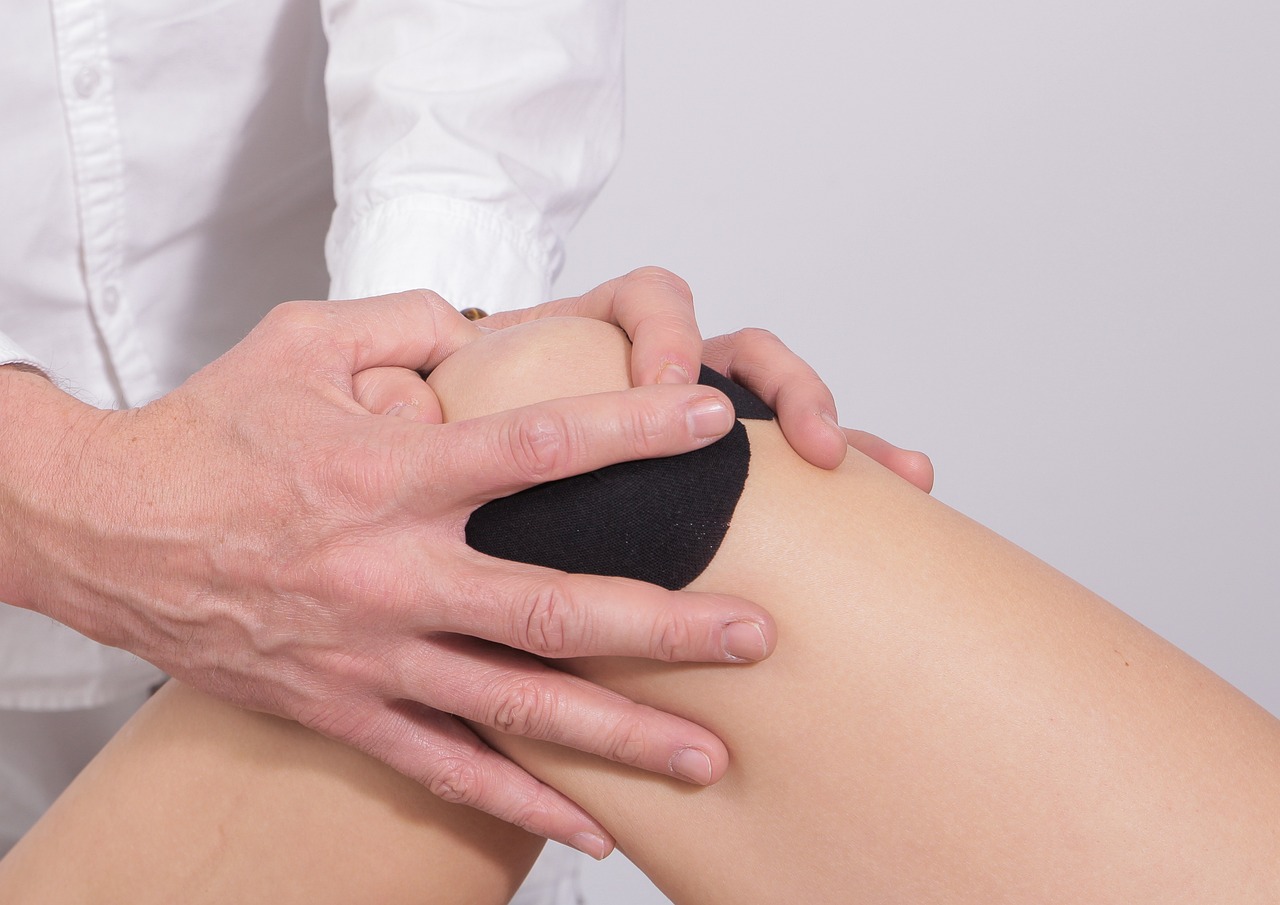© Copyright 2023 Caliber PT PLLC - All Rights Reserved
Understanding Soreness After PT Sessions: Why It Happens
Being sore after physical therapy sessions is a common occurrence that many patients experience. This post-therapy pain can be attributed to several factors, including muscle fatigue, tissue inflammation, and the body's natural healing response. During physical therapy, your muscles are worked and pushed to their limits, which can lead to muscle fatigue and subsequent soreness. Additionally, the exercises performed during therapy can cause tissue inflammation as the body responds to the stress and strain placed on it. Finally, the body's healing response can also contribute to post-therapy pain as it repairs and strengthens injured or weakened areas. By understanding these causes of post-physical therapy pain, you can effectively manage and prevent discomfort throughout your recovery journey.
Common Causes of Experiencing Pain After Physical Therapy
Physical therapy is an essential part of the recovery process for many individuals. While it can be highly beneficial, it is not uncommon to experience pain and soreness after PT sessions. Understanding the common causes of the discomfort can help you manage and prevent it better.
Muscle Fatigue
Intensive physical therapy exercises can push your muscles to their limits, leading to muscle soreness. During therapy sessions, your muscles are worked harder than usual, causing microscopic damage to the muscle fibers. Muscles need time to recover and rebuild after such intense workouts. Proper rest and gradual progression of exercises can help minimize muscle fatigue and the resulting soreness. It's important not to overexert yourself during PT and allow your muscles enough time to rest between sessions.
Tissue Inflammation
Physical therapy can sometimes cause tissue inflammation, resulting in feeling pain. Inflammation is a natural response of the body to injury or stress. The exercises performed during sessions can cause small amounts of tissue damage, triggering an inflammatory response. To manage inflammation and reduce pain, applying ice packs or cold compresses to the affected area can help reduce swelling and numb the area temporarily. Additionally, taking anti-inflammatory medication as recommended by your healthcare provider can provide relief from inflammation-related pain.
Healing Response
Stimulating the body's healing response can also contribute to feeling sore after physical therapy. As you engage in therapeutic exercises, your body repairs and strengthens injured or weakened areas. This healing process may result in soreness as new tissues are formed and existing tissues are reinforced. To aid in this healing process and minimize pain, it's crucial to give your body proper rest between physical therapy sessions. Adequate hydration is also important for optimal tissue repair. Following your therapist's instructions regarding activity levels and exercise progression will ensure that you're allowing your body enough time to heal while still making progress in your recovery journey.
By understanding common causes of feeling sore after therapy, you can take proactive steps to manage and prevent discomfort effectively. Remember to communicate openly with your therapist about any severe pain or discomfort you experience so that they can make appropriate modifications to your treatment plan.
Tips for Managing Severe Pain After Physical Therapy
Experiencing severe pain after physical therapy sessions can be challenging, but there are several strategies you can employ to help manage and alleviate discomfort. Here are some expert tips to consider:
Communicate with Your Physical Therapist
Openly communicating any severe pain or discomfort you experience with your therapist is crucial. They are there to support you throughout your recovery journey and can make adjustments to your treatment plan as needed. Your therapist may modify exercises, provide additional pain management techniques, or suggest alternative approaches to ensure your comfort and progress.
Take Over-the-Counter Pain Medication
Over-the-counter pain medications like ibuprofen or acetaminophen can be helpful in managing severe pain after physical therapy. However, it's essential to consult with your healthcare provider before taking any medication to ensure it is safe for you. Follow the recommended dosage and guidelines provided by your healthcare professional to effectively manage your pain.
Remember that these tips are general recommendations, and it's important to consult with your therapist or healthcare provider for personalized advice based on your specific condition and needs. By actively communicating with your therapist, utilizing heat or cold therapy appropriately, and considering over-the-counter pain medication when necessary, you can take steps towards managing severe pain after physical therapy more effectively.
Modifications to Reduce Pain and Discomfort During Physical Therapy
Making certain modifications during your physical therapy sessions can help reduce pain and discomfort, allowing for a smoother recovery process. Consider the following tips:
Proper Warm-up and Stretching
Engaging in a proper warm-up routine before starting your physical therapy session is essential. This helps prepare your muscles for the upcoming activities and reduces the risk of injury. Your therapist can guide you on appropriate warm-up techniques, which may include light cardio exercises or gentle stretching. By warming up adequately, you can improve blood flow to your muscles, increase flexibility, and minimize the chances of experiencing post-therapy soreness.
Gradual Progression
It's important to avoid pushing yourself too hard during physical therapy sessions. Gradually increasing the intensity and duration of exercises allows your body to adapt and prevents excessive soreness. Your therapist will create a personalized plan that considers your abilities and limitations. By following this plan, you can gradually build strength, endurance, and flexibility without overwhelming your body.
Proper Rest and Recovery
Allowing your body enough time to rest and recover between physical therapy sessions is crucial for minimizing pain and discomfort. Adequate rest promotes muscle repair and reduces the likelihood of experiencing severe pain after therapy. Follow your therapist's recommendations regarding rest days and activity levels. It's important not to overexert yourself or engage in other strenuous activities that could hinder your recovery process.
By implementing these modifications during your physical therapy sessions, you can reduce pain and discomfort while optimizing the benefits of each session. Remember to communicate with your therapist if you have any concerns or questions about these modifications or any other aspect of your treatment plan.
Take Control of Your Recovery: Managing Pain for a Successful Physical Therapy Journey
Experiencing soreness after physical therapy is a normal part of the recovery process, but understanding the reasons behind it can help you effectively manage and prevent discomfort. Openly communicating with your therapist about any severe pain or discomfort you experience ensures that appropriate modifications can be made to your treatment plan.
By following the provided tips and modifications, such as proper warm-up and stretching, gradual progression, and allowing for proper rest and recovery, you can take control of your recovery journey.
With these strategies in place, you are well on your way to achieving successful outcomes with physical therapy. Remember to stay committed to your treatment plan and consult with your healthcare provider if you have any concerns along the way.
Disclaimer: The information provided is for educational and informational purposes only. It is not intended to be a substitute for professional medical advice, diagnosis, or treatment. Always seek the guidance of your physician or qualified healthcare provider with any questions you may have regarding a medical condition. Never disregard professional medical advice or delay in seeking it because of something you have read on this blog. Reliance on any information provided by this blog is solely at your own risk. The authors and publishers of this blog are not responsible for any errors or omissions in the content or for any outcomes resulting from the use of the information provided.
See Also
Optimizing Rehabilitation after Orthopedic Surgery: Pre and Post-Operative Physical Therapy
Decoding the Contrasts and Advantages: Sports Physical Therapist vs Physical Therapist for Athletes
Anticipating Your Initial Physical Therapy Session: What to Envisage
Unveiling the Cognitive Advantages of Exercise: Enhance Memory and Beyond
Exploring GPP Workouts: Meaning, Advantages, and Exercise Routines
Overwhelmed with Ineffective Workout Routines?
Discover our Science-backed Training Methods, Developed by Physical Therapists


